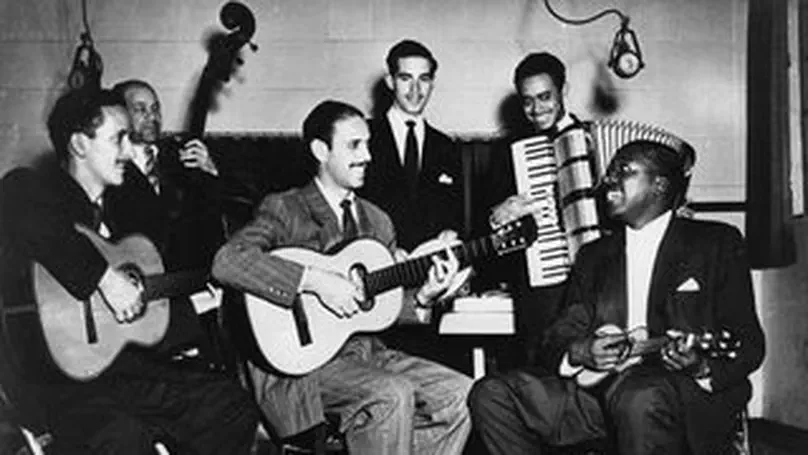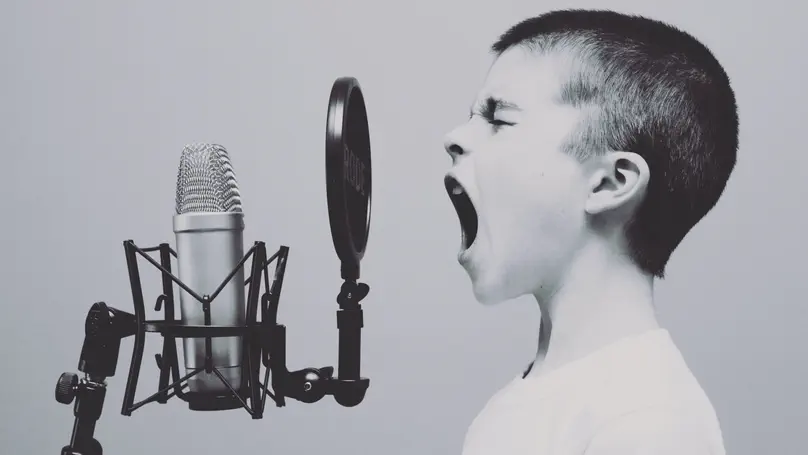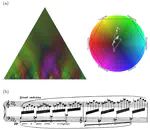Fabian C. Moss
Assistant Professor for Digital Music Philology and Music Theory
Julius-Maximilians-Universität Würzburg
Welcome!
I am a tenure-track assistant professor for Digital Music Philology and Music Theory in the Institut für Musikforschung at Julius-Maximilians University Würzburg (JMU), Germany, and I am also affiliated with the Zentrum für Philologie und Digitalität (ZPD) and the Graduate School Humanities (GSH).
In my research, I bridge concepts and methodologies from the humanities and the sciences, and aim to understand music and its structure from an inherently interdisciplinary perspective, involving fields such as musicology and music theory, mathematics, music information retrieval, data science and machine learning, music cognition, and the digital humanities. One of my central interests lies in analysing large digital corpora in order to better understand musical styles, especially from a historical viewpoint. More specifically, I work with large symbolic datasets of musical scores and harmonic annotations. I am also interested in computational modeling of music and its perception, and am fascinated by quantitative approaches to model historical processes.
I teach courses covering a wide range of topics in music theory, computational musicology, and digital tools, and provide professional service as an advisory board member for Computational Humanities Research and Analitica - Revista Online di Studi Musicali as well as reviewing service for several conferences and journals (see CV).
Before my appointment to JMU, I have worked as a Research Fellow in Cultural Analytics at University of Amsterdam (Media Studies Department & Data Science Centre), and before that as doctoral and postdoctoral researcher at École Polytechnique Fédérale de Lausanne (EPFL)’s Digital and Cognitive Musicology Lab. Supported by the German Academic Exchange Service (DAAD), I visited the Department of Linguistics and Philosophy at the Massachusetts Institute of Technology (MIT) as a research PhD student and spent a semester at Escola Superior de Música de Catalunya (ESMUC) funded by the ERASMUS program of the European Union.
Research Interests
Computational Musicology · Corpus Studies · Music Theory & Analysis · Digital Humanities · Artificial Intelligence · Cultural Evolution
Videos
Research & Projects
Present and past
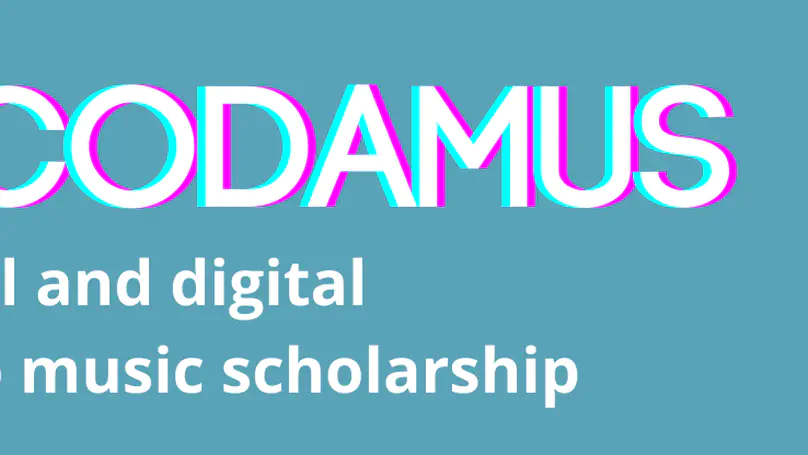
As musicologists continue to explore new ways of analyzing, understanding, and creating music through the use of digital methods and computational models, new questions and avenues for research and scholarship arise. CODAMUS aims at providing a glimpse into the exciting intersections of music and technology.
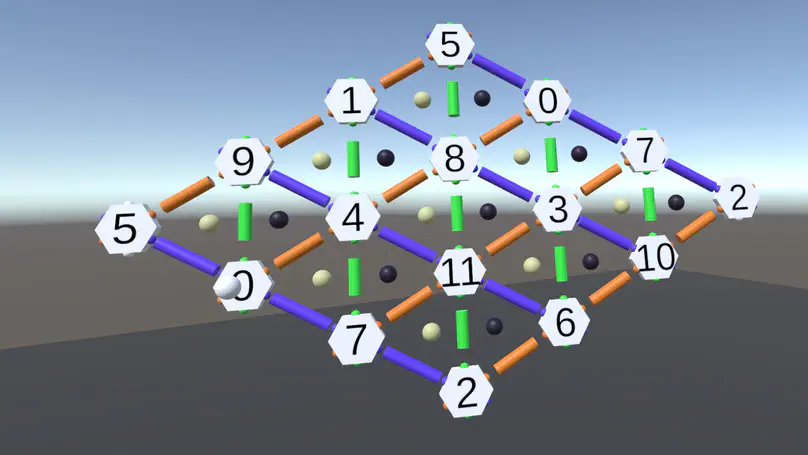
The high dimensionality of music means that even digital representations on screen do not convey tonal spaces with sufficient clarity. Here, the extended field of view and the higher degrees of freedom of virtual reality environments offer the possibility to express musical parameters more clearly through aesthetic parameters and thus generate a better understanding among learners.
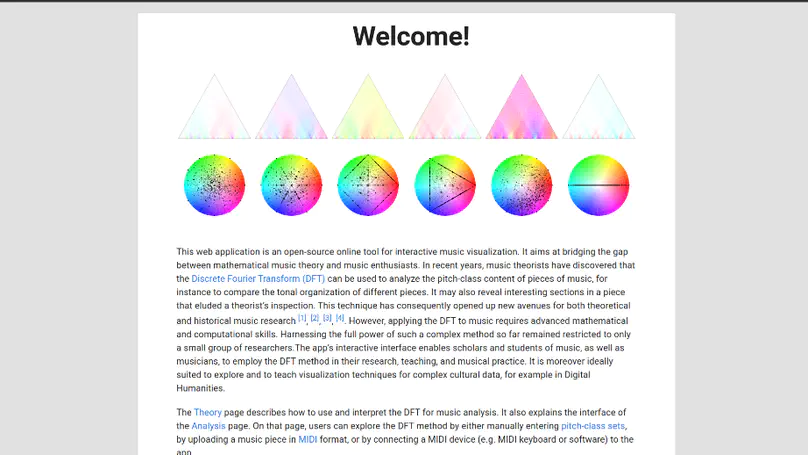
This project aims at bridging the gap between mathematical music theory and music enthusiasts. In recent years, music theorists have discovered that the Discrete Fourier Transform (DFT) can be used to analyze the pitch-class content of pieces of music, for instance to compare the tonal organization of different pieces.

The “dualism debate”, a ‘hot topic’ in 19th-century German music theory, is concerned with the mutual relationship of major and minor triads, specifically whether the minor triad is a mere derivative of the major triad or whether it can be derived from first principles on its own right. This project strives to reconstruct and critically evaluate the discursive relations within this debate by using the combined power of qualitative-historical and quantitative-numerical methods and thus serve to build methodological bridges between the humanities and the sciences.
Publications
Journal Articles, Conference Papers, Datasets
